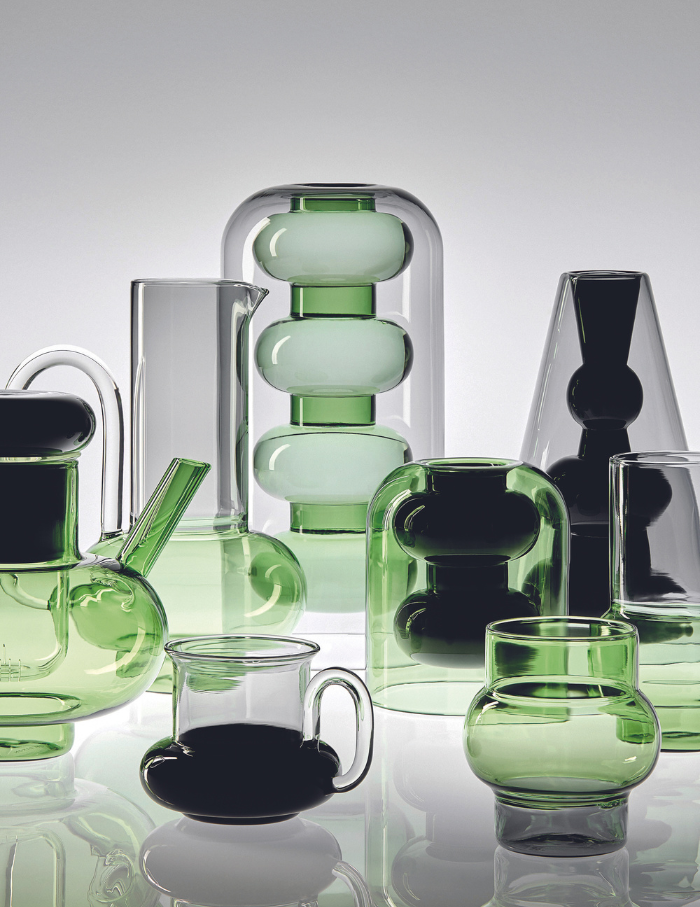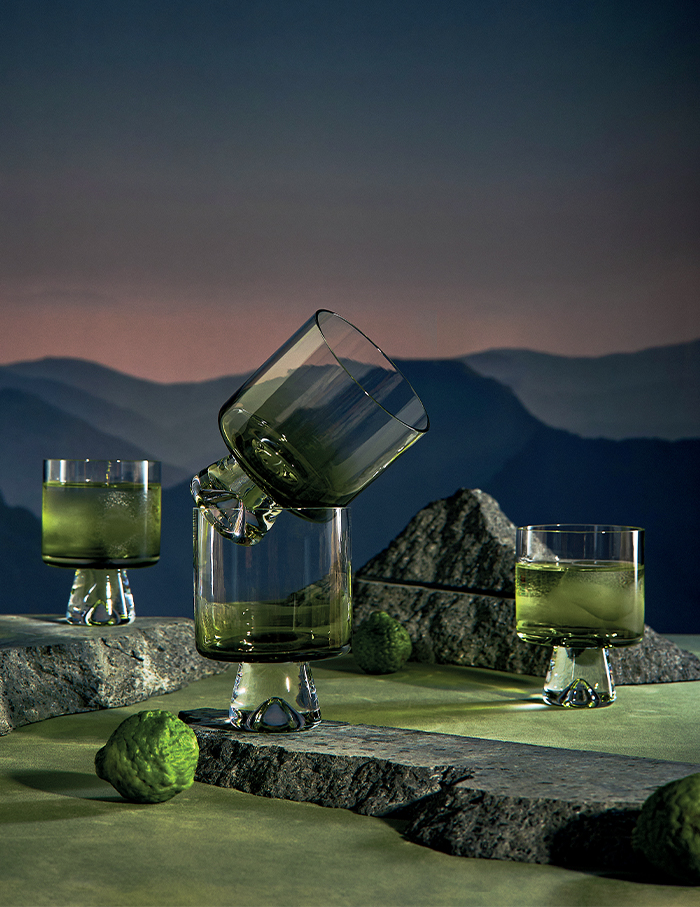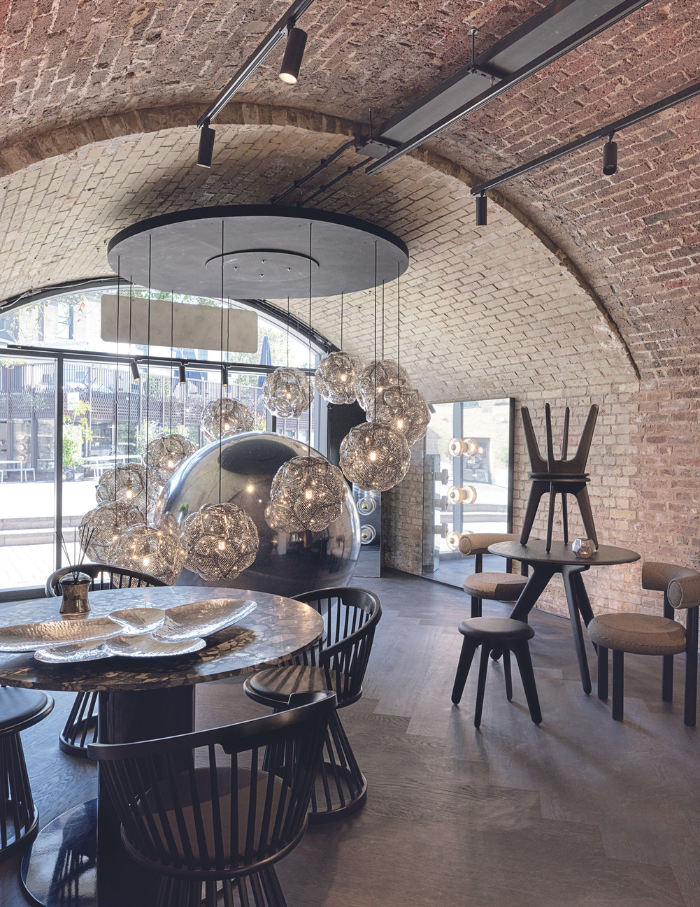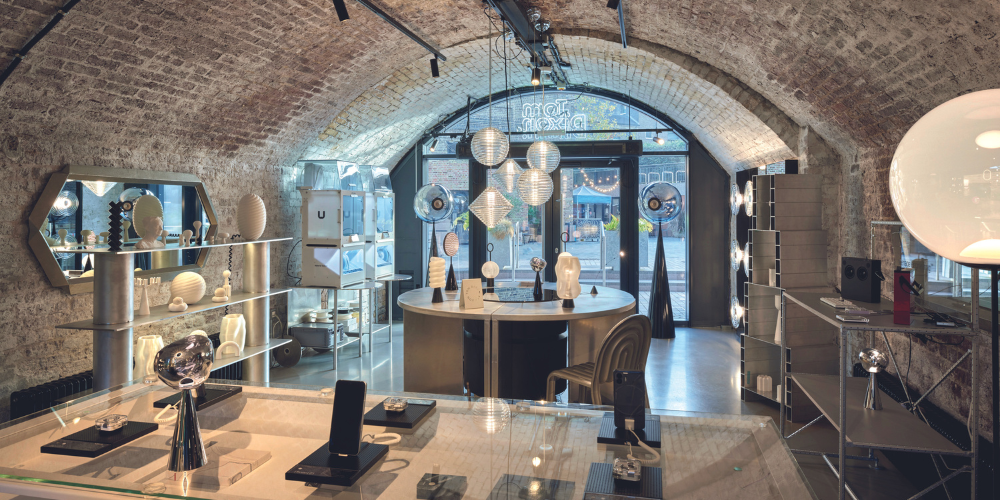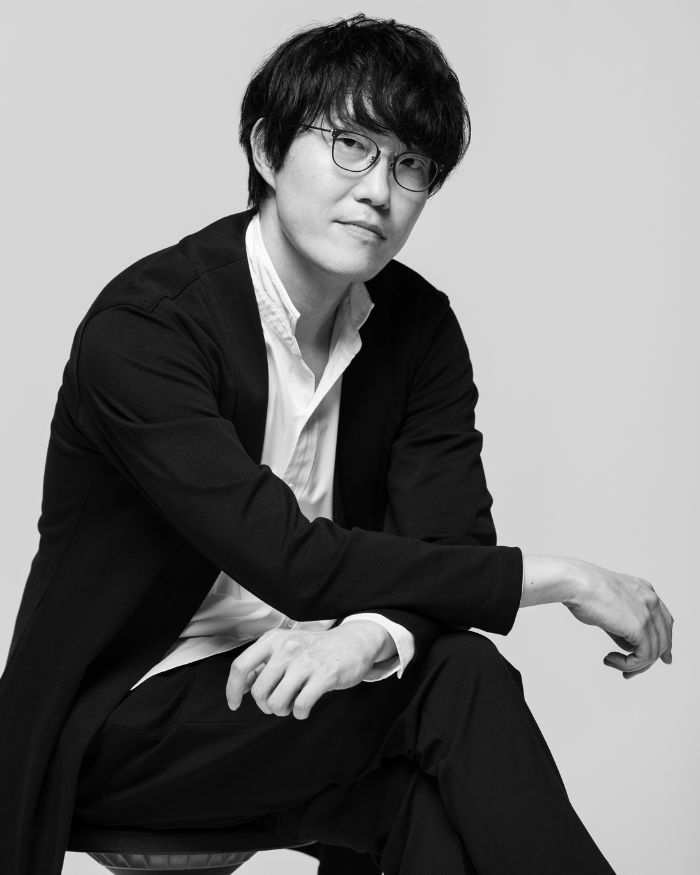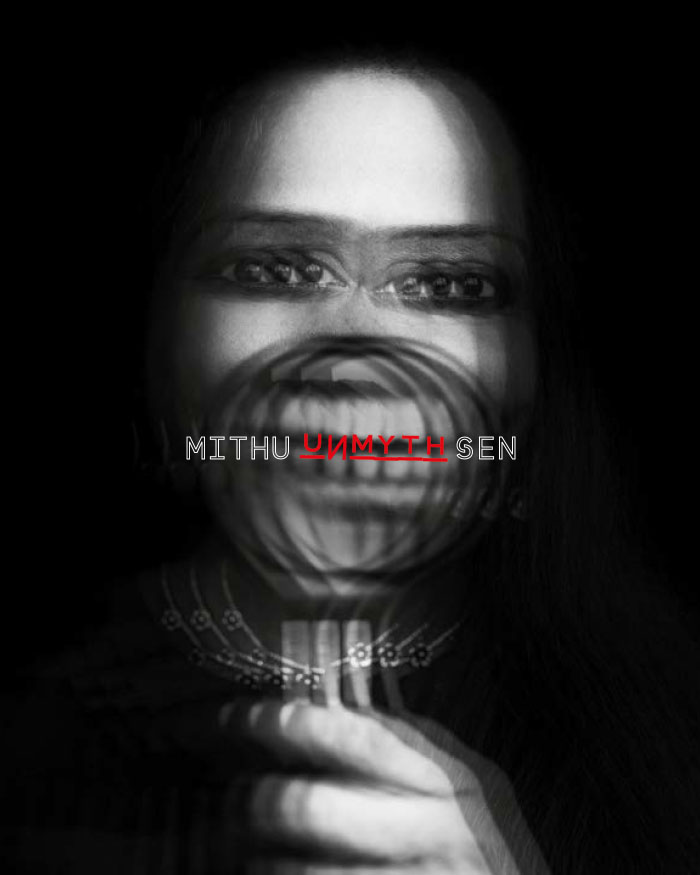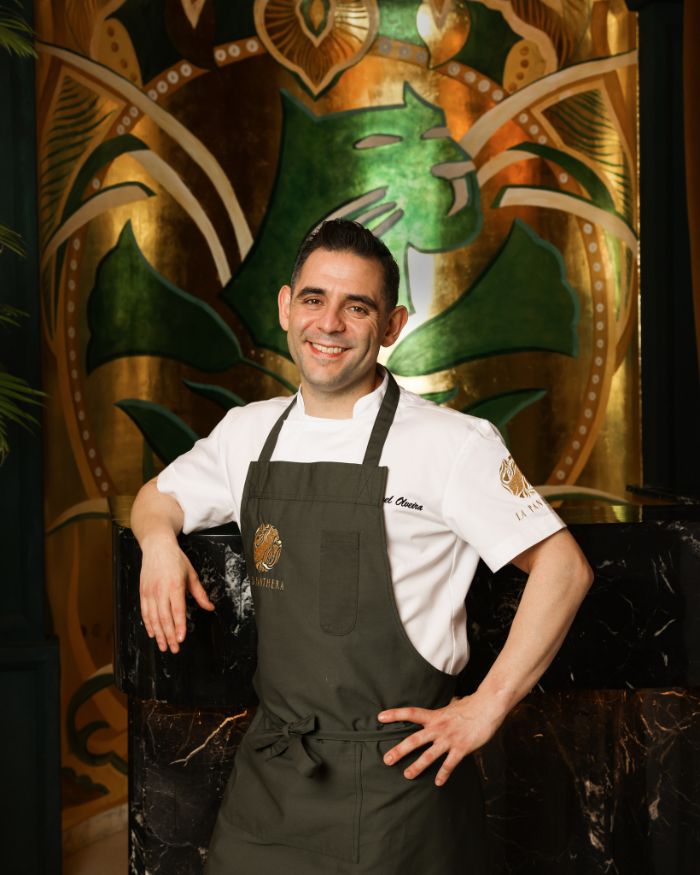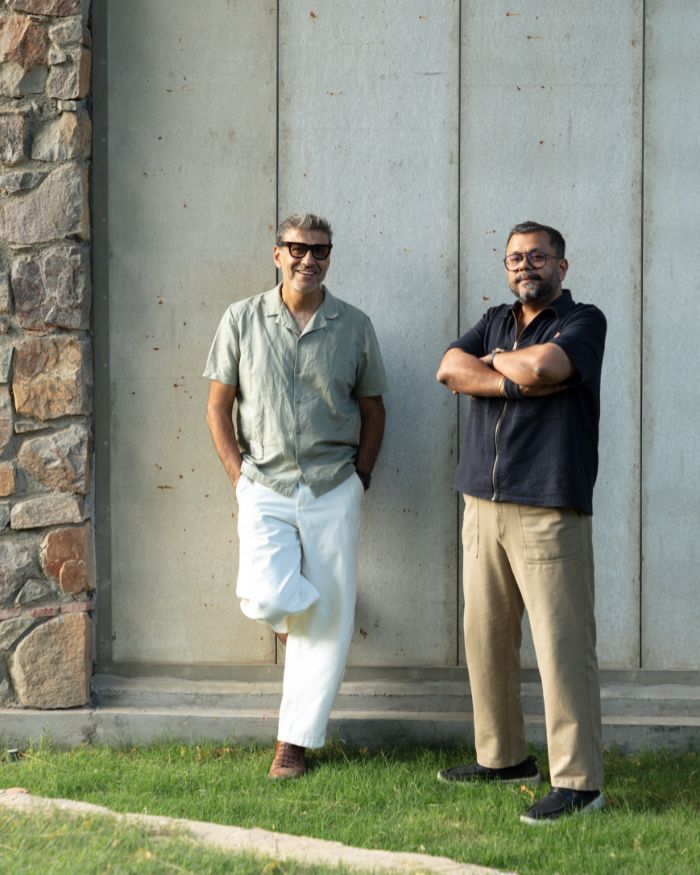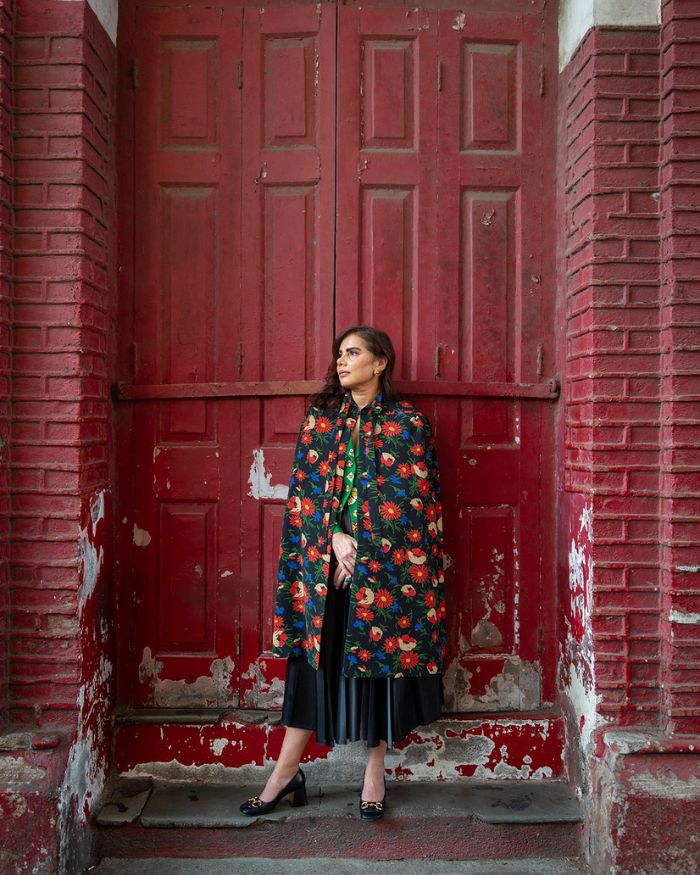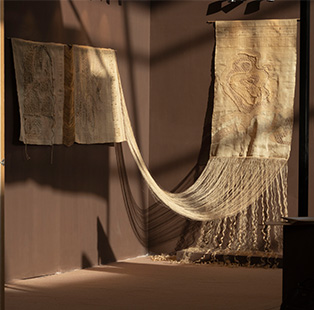“What would you be, if not a designer?” “Lost,” replies Tom Dixon in a poignant indication of the relentless mind of a maverick thinker. He is the founder and creative director of his eponymous brand, but is a man of few words, choosing instead to speak volumes in between lines and through his work.
Starting his career as a performer and by way of accidental discovery landing in the business of crafting, the laurelled innovator with numerous international EDIDA wins in his bag, never received a traditional education in design. And, perhaps it is this unconventionality from which arises an oeuvre that is polyfocal and multifaceted in its identity and refuses to conform.
Some know him as the household name behind the ‘S’ chair he imagined for Cappellini, others as the force behind the reconception of the Habitat brand. But at his core, Tom is an individual invigorated by the idea of invention. “Being a designer means you never have to get bored – always a new challenge to confront a new idea to be created, a new territory to be explored,” he explains. As evidenced by the trajectory of his career, boredom would be a far cry. However, along with this quest to escape monotony, there is an erratic streak of rebellion and a rejection of fitting into a single box.




